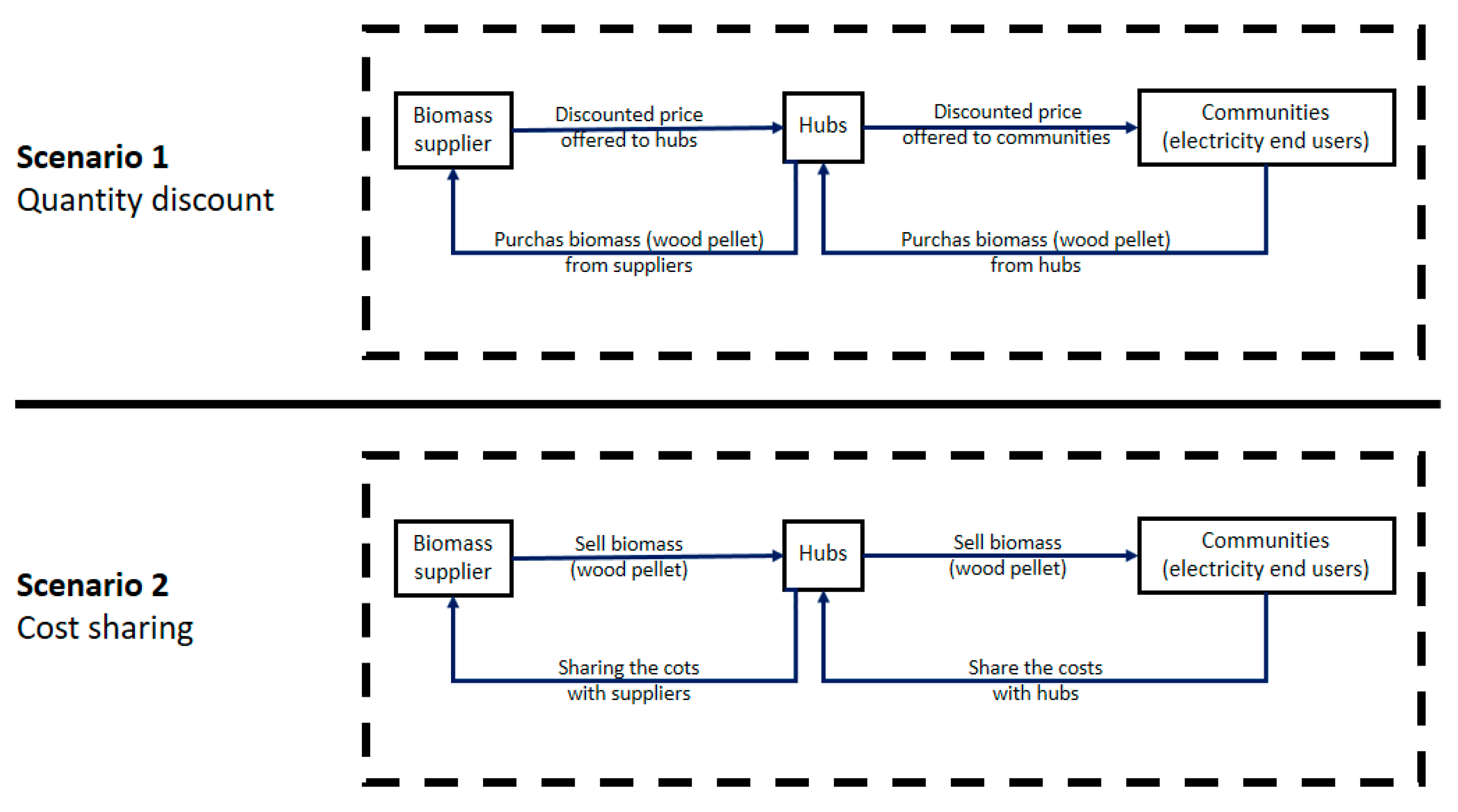Biomass, such as wood chips, sawdust, and agricultural waste, is an important source of renewable energy. It is used to generate electricity, heat, and fuel. The process of loading and unloading biomass is a crucial part of the supply chain. In this blog, we will discuss the essential steps involved in the process of biomass loading and unloading.
- Site Survey: The first step is to survey the site to determine the location and accessibility of the biomass storage area. This information is used to design and plan the loading and unloading process.
- Storage Design: The biomass storage area is designed to accommodate the amount of biomass needed and the type of biomass being stored. The storage area should be designed to protect the biomass from weather conditions and to prevent it from spoiling or decaying.
- Loading: The next step is to load the biomass onto a truck or trailer. This is typically done using a front-end loader or conveyor belt. The biomass is loaded into the trailer or truck, and the load is secured to prevent spillage during transport.
- Transport: The loaded truck or trailer is transported to the biomass processing plant or the end-user. The driver must follow safety protocols to ensure the safe transport of the biomass.
- Unloading: Once the biomass reaches its destination, it is unloaded using a front-end loader or conveyor belt. The biomass is unloaded into the storage area, and the load is inspected to ensure that there has been no spillage or damage during transport.
- Storage Management: Once the biomass has been unloaded, it is stored in the storage area. The storage area is managed to ensure that the biomass is kept dry and protected from weather conditions. The biomass is also inspected regularly to ensure that there is no spoilage or decay.
- Processing: The final step is to process the biomass to generate energy. This involves using the biomass to generate heat, electricity, or fuel. The biomass is typically burned in a furnace or used to generate electricity in a power plant.
In conclusion, loading and unloading biomass is an essential part of the supply chain for renewable energy. The process involves site surveying, storage design, loading, transport, unloading, storage management, and processing. These steps ensure that the biomass is transported safely and efficiently, stored properly, and used to generate energy.

